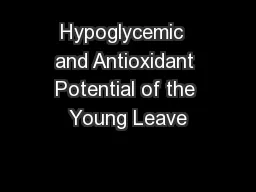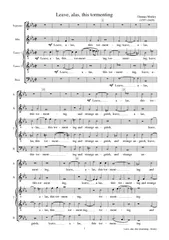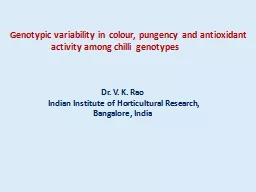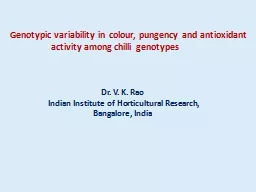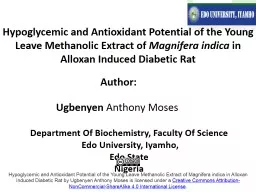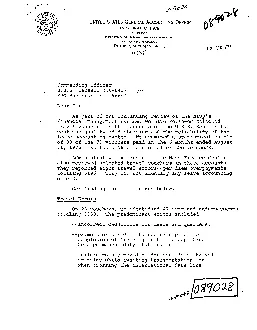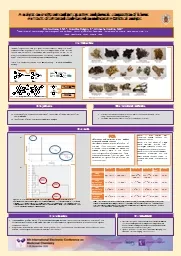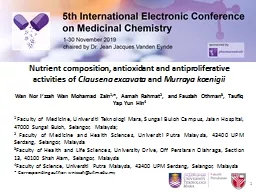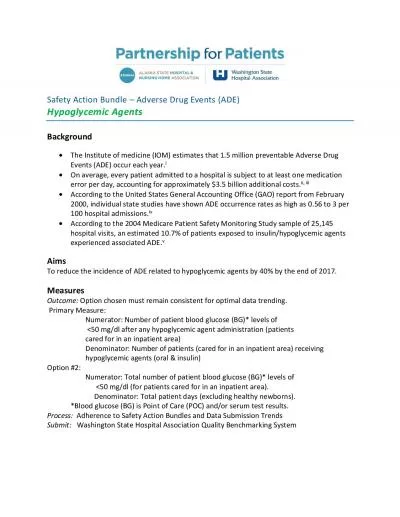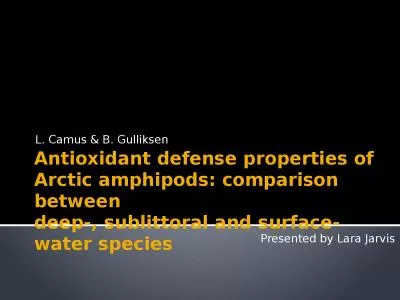PPT-Hypoglycemic and Antioxidant Potential of the Young Leave
Author : karlyn-bohler | Published Date : 2019-01-25
Methanolic Extract of Magnifera indica in Alloxan Induced Diabetic Rat Author Ugbenyen Anthony Moses Department Of Biochemistry Faculty Of Science Edo University
Presentation Embed Code
Download Presentation
Download Presentation The PPT/PDF document "Hypoglycemic and Antioxidant Potential ..." is the property of its rightful owner. Permission is granted to download and print the materials on this website for personal, non-commercial use only, and to display it on your personal computer provided you do not modify the materials and that you retain all copyright notices contained in the materials. By downloading content from our website, you accept the terms of this agreement.
Hypoglycemic and Antioxidant Potential of the Young Leave: Transcript
Download Rules Of Document
"Hypoglycemic and Antioxidant Potential of the Young Leave"The content belongs to its owner. You may download and print it for personal use, without modification, and keep all copyright notices. By downloading, you agree to these terms.
Related Documents

